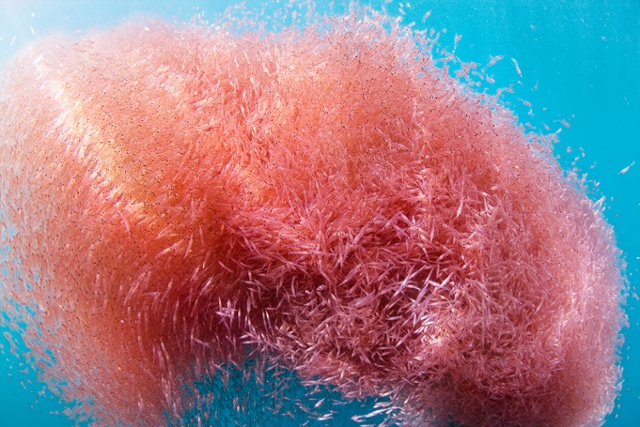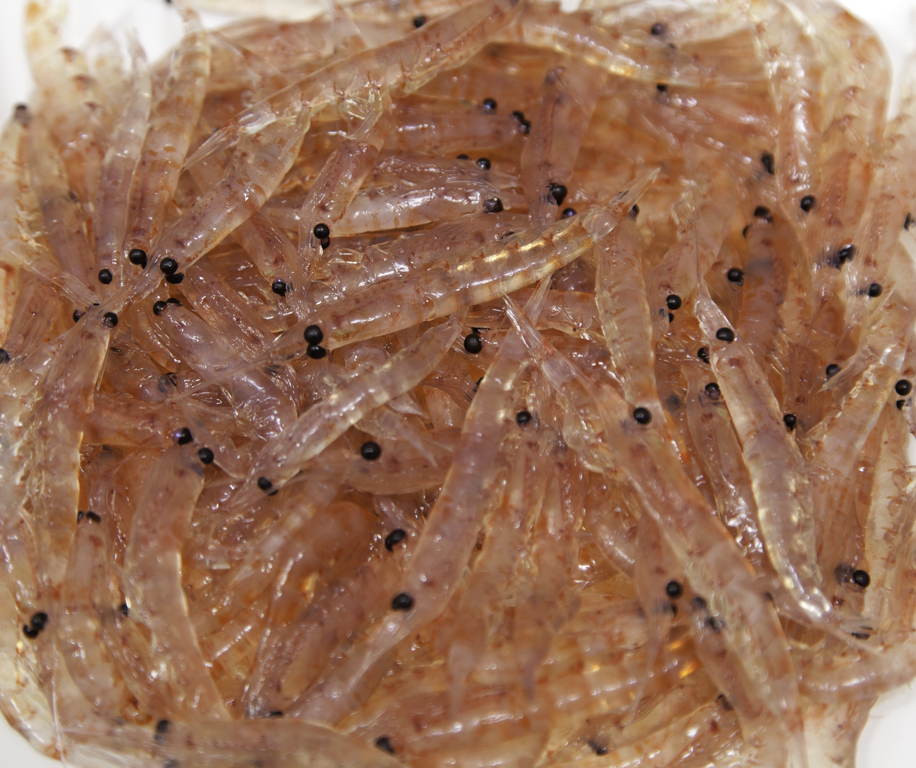For many years, scientists have been studying marine animals and applied different methods for age assumption without any luck. “Despite more than 50 years of research, it has not been possible to accurately access the age structure of krill populations or to estimate their natural longevity.”
Raouf Kilada, a passionate diver and marine scientist, stumbled upon this field when he was concluding his master’s degree program on clams in the coral reef. “These species can be less than 20 cm in size, but they can reach up to 300 years. To study this field was an exciting challenge. I had to find it out how to determine the age of species like shrimp, lobster and crabs.”
Raouf Kilada
This quest took him to Canada where together with his fellow scientists, So Kawaguchi, Robert A. King, Christian S. Reiss, Tsuyoshi Matsuda and Taro Ichii, he made revolutionary discoveries in this field. They could determine the age of crustaceans by counting rings in hidden-away internal spots in those animals.
“We developed a method that is based on counting the annual pattern of bands in the eyestalks of shrimp. In lobsters and crabs, the rings were found in the parts of the stomach. That way we could determine the absolute age of these animals.”
Before their discovery to determine the age of a lobster for example, scientists would study its size and other variables. It was an unreliable source of information because, for instance, lobsters go through a molting period and shed their calcified body parts that have any information about them.
In 2015, Kilada and his team of scientists received a grant from AWR to develop this methodology further and apply it to krill. But there was a bump on the road with testing this on krill. It is much smaller and more fragile to research. “We had to validate that one ring of the krill’s eyestalk is one year. Luckily Kawaguchi had the biggest aquarium in the world where he was growing krill. Some of his krill were up to five years old.” “The consistent counts across his and other laboratories supported the hypothesis that bands in eyestalks were accurate independent of the krill’s molting frequency.”
They have started on phase two of this project and will be collecting krill from different areas in the Antarctic region to compare their ecology, age structure, and survival rate.
Krill is an important part of the ecosystem of the Antarctic region, but why is it so important to know its age?
“Krill is the ecosystem of the Antarctic, but krill ecology is more and more affected by the climate change and the reduction in sea ice cover. It is critical to determine the variability in growth, areas and time of krill to understand how it responds to future climate change.”
Kilada explains that this information is especially crucial for managing krill fisheries. If they are fishing in the areas with young krill population, it can threaten the further growth of krill and the rest of the ecosystem.
How do climate change and the rising temperature affect the krill?
“Female krill have to stick their eggs on the lower surface of the ice mass in order to hatch. Our hypothesis is that if the temperature increases, it leads to that krill females need to carry eggs for longer distances since there is less ice.”
“There are two scenarios – the eggs will die, or hatch in different unfavorable conditions so the growth will be affected by for example malnutrition. That’s why by knowing the age of the krill one can secure the sustainability of the krill in the Antarctic region.”
Kilada is currently starting his research lab in Halifax in Eastern Canada. He is going to work further on this topic with governments, universities, and industries. Kilada is focusing on krill in California, red king crab from Norway, and other species.














